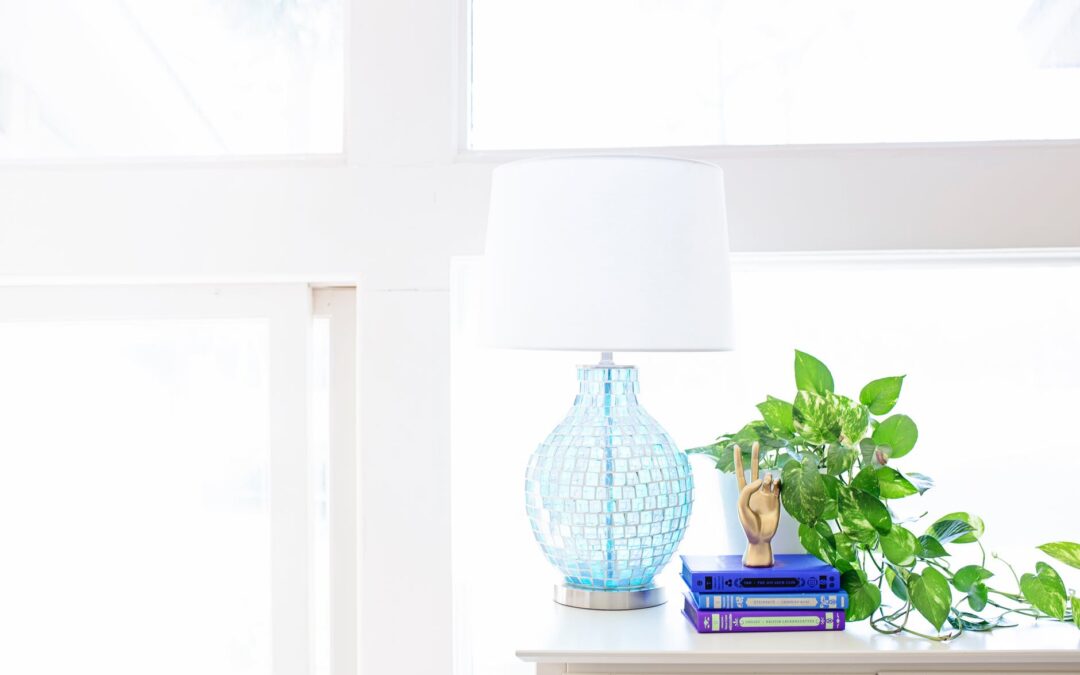Today on the blog, we’re expanding on some of the key takeaways from our radio interview with Josefa Salinas on “The Power of Voices” where we discussed working in the interior design industry, its challenges, rewards, and its future.

On Form & Function: Prioritizing and Philosophizing on the Interior Design Industry
Designing an entire home seems so overwhelming.. What do you prioritize first?
One of the most– if not THE most important– priorities for our design firm is creating healthy living spaces. When we’re talking about ‘function’ we don’t just mean the flow of the room or installing practical furnishings that you’ll use, we’re also talking about all the important stuff you don’t see, but will absolutely feel if it’s not there. Think: air quality, making sure your furnishings aren’t producing off-gas, which means it’s time to ditch the flame-retardants! Feng Shui, away, baby! It’s far more practical than most people realize. It’s all about crafting a space you’ll just feel more comfortable in.

What is Your Interior Design Philosophy?
The element we’re all about is empowering through design. It’s not simply a philosophy or even an option, really, but the entire purpose of hiring an interior designer. We generally take calls from people who feel very out of control of their homes and need us to help steer them in the right direction. Their instincts to call are right on point: There are so many things in life you cannot control: From traffic to the weather, but your home is one of the few things you can make entirely yours: how it looks, how it feels, how it’s organized, everything is up to you!
On Working With Interior Design Clients
Do You Have To Define Your Brand By a Specific Aesthetic?
In our firm, Lori Dennis Inc., we don’t have just one aesthetic we’re pushing on clients. We love working on a swanky modern beach house just as much as we love a sprawling traditional estate. Every style has it’s exciting challenges! There are those designers out there who are known for one thing and are hired to produce the one look–and that’s awesome too! But we draw inspiration entirely from our clients. As far as we’re concerned, it is our job to listen and observe — The end design is going to be about how people live, not what they saw in the glossy magazine (those rooms are beautiful, but they tend to be unlived in and we want to build something that is maintainable). To quote steve jobs “Design isn’t just how it looks, it’s how it works.”
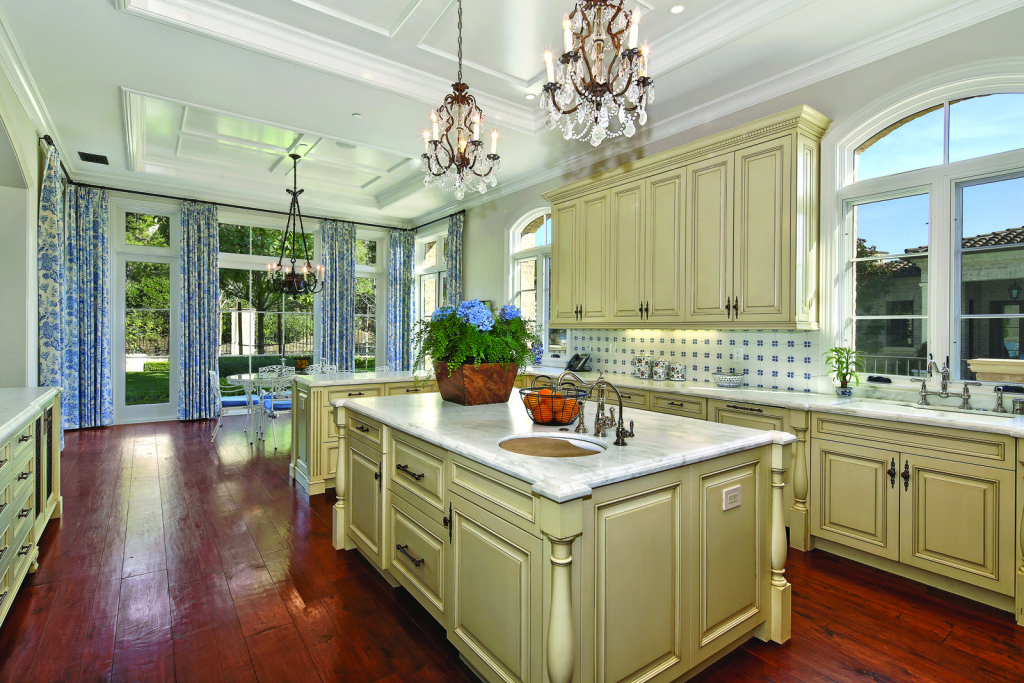
We completed this traditional kitchen at a sprawling Newport Coast estate
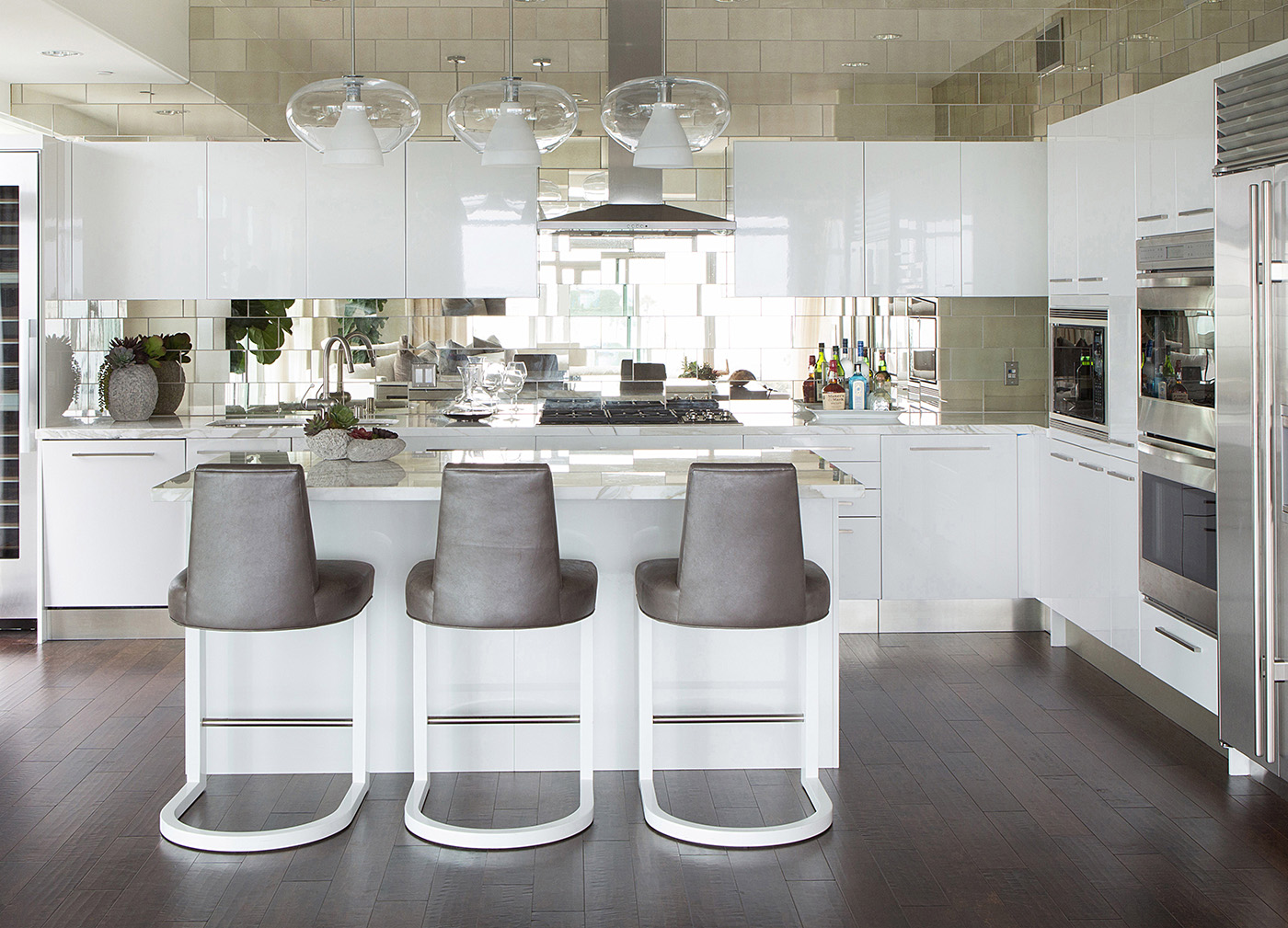
This modern beach house kitchen was designed for the ultimate bachelor pad!
Do most clients shy away from bold choices like color and pattern?
We’re often asked if it’s difficult to get clients to go with us on a bold color or pattern choice, but the truth is: not really. By the time clients call us, they are seeking something more adventurous, which still pleasantly surprises us to this day! We generally will present two options–be it for fabric or tile, drapes or wallpaper: something safe, and something adventurous. More often than not, clients will gravitate towards the exciting option. The daring, printed wallpaper for the dining room ceiling will spark joy, as Marie Kondo, would say, and every time they enter that room they’re excited by it! That makes our job really fun!
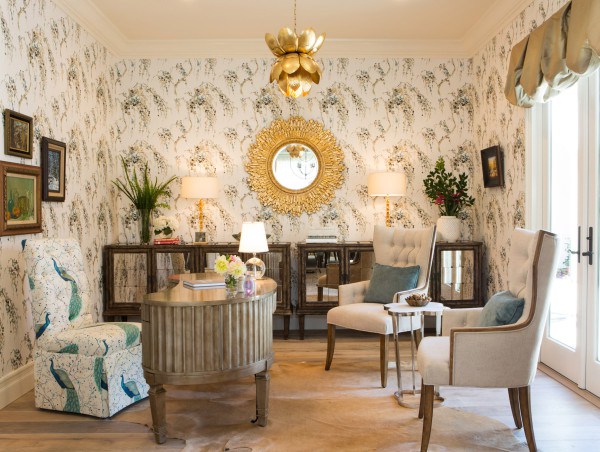
We had a great time working on this home office with a client! They weren’t afraid of mixing and matching patterns. The final result is cohesive in its creamy tones.
On Becoming An Interior Designer & Running Your Own Design Firm
How Do You Become An Interior Designer?
Like so many professions these days, there isn’t just one path. Some states require a license to practice interior design, others do not. California, or example, doesn’t require one so you can simply practice decoration and rely on your good taste, but with that said, if you’re going to venture into actual design, which requires architectural elements, and more than just a nice eye and penchant for shopping, you’ll have to go to school for that. In this 30 second video, I’m sharing more about what experience it takes to become an interior designer and take on your design project:
What They Don’t Teach You In Interior Design School…
There are a billion other things you need to do in order to run your own design firm: Administrative/Management, Marketing, Communications with Vendors and Clients and Subcontractors. This is what I spend the majority of my time working on now that I run a firm and manage a staff that includes lead designers. If you really don’t want to deal with the managerial responsibilities and just want to design, it is probably best to work as a designer for a firm.
Should I hire a design firm or an individual?
If you’re a prospective client, rather than a prospective designer, reading this, looking to hire an interior designer: It is important to realize larger firms with multiple designers or employees and sole proprietors each have their pros and cons to working with and dependent upon the scope of your project, one will be better to hire than the other. We love having a handful of large projects that involve ground-up construction on our dockett, whereas some designers may specialize in suburban kitchen renovation. You have to shop around for the perfect fit. We wrote more about selecting an interior designer here.
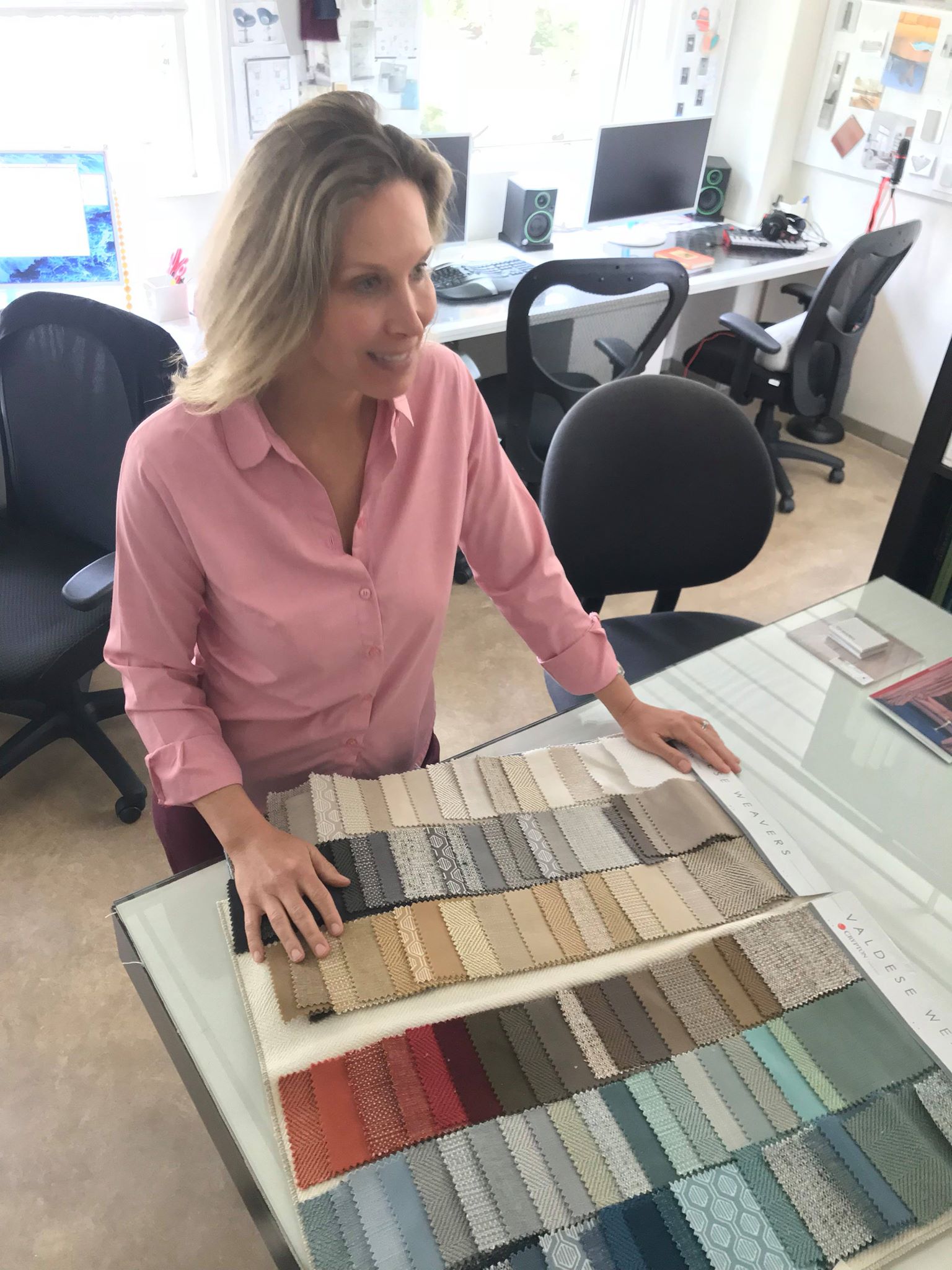
On Assembling The Best Teams in the Interior Design Industry
How do you find the best employees and subcontractors?
When finding great subcontractors, there are no shortcuts. It requires a lot of trial and error. These mistakes can often be painful and expensive, but there’s no real way around it. We’re so glad to have that phase behind us! We’ve found the best people to be on our team over the course of 20+ years in the business. Unlike some other businesses, age and wisdom is revered in the design and build industry.
On the Founding of Interior Design as a Profession
Elsie DeWolf founded the field of interior design in 1905. She’s known as the first decorator, having set the stage for all of us to follow. Her glamorous influence is still seen today and really defines the stereotype of what an interior designer is like. She brought the glamour and celebrity to the profession as well, really the precursor for all of us who would one day be in HGTV.

I love this picture of Elsie Dewolf with one of her puppies– It perfectly captures her spirit.
On The Future of the Design Industry
What does the future of the interior design industry look like?
It’s all about automation! 3D-Printing homes is going to be the way of the future. Right now 3D printers can only ‘print’ using one material at a time: A robotic arm frames the house, then other trades (plumbing, carpenters, electricians, etc.) will go in and fill out the details, but this is a huge advancement that will revolutionize the way things are built and aid greatly in disaster relief for displaced people and homelessness. This takes the concept of ‘tiny homes’ or alternate housing a step further by changing the actual building process. Homes have essentially been built the same way forever so this is going to be huge and even has the potential to be an end to displacement and homelessness. Give the video below a watch for some more background on the potential impact 3D-printing is going to have:

